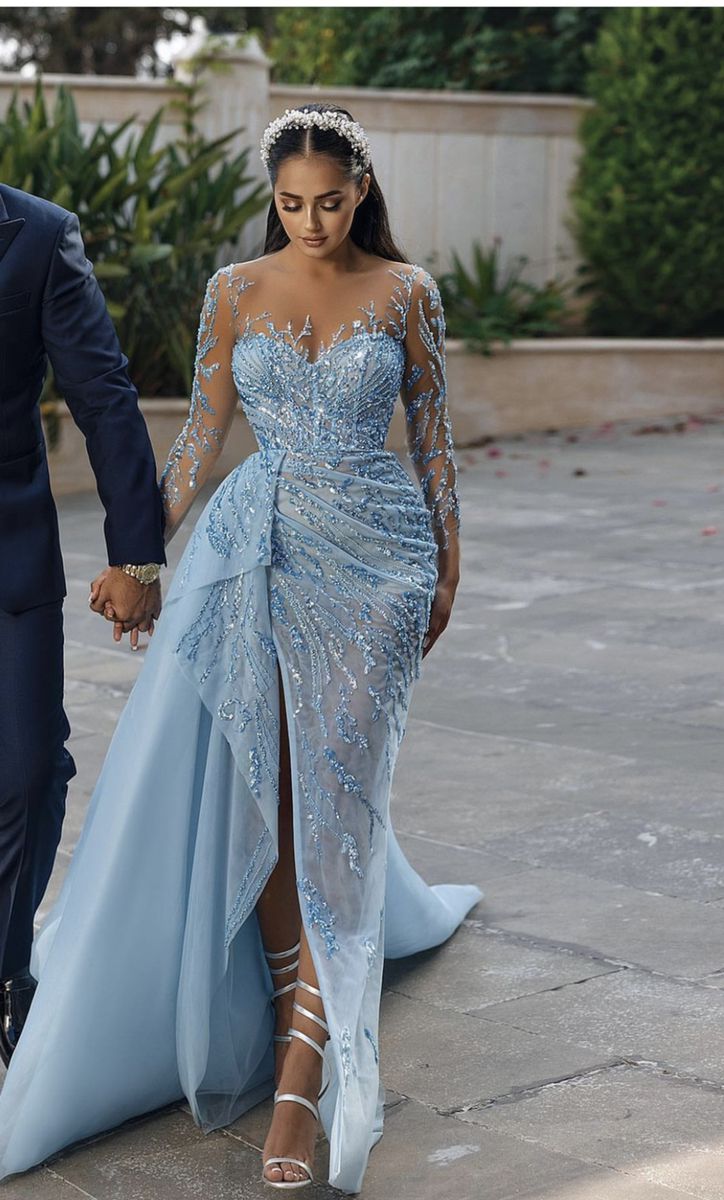Title: The Evolution of Dress Silhouettes: From Victorian Era to Modern Fashion
Fashion has always been a reflection of society, evolving alongside cultural, technological, and societal changes. One of the most striking aspects of fashion evolution is the transformation of dress silhouettes over time, from the structured and elaborate styles of the Victorian era to the sleek and minimalist designs of modern fashion. Understanding the evolution of dress silhouettes offers insight into the shifting ideals of beauty, functionality, and self-expression throughout history.
The Victorian era (1837-1901) marked a period of opulence and restraint in fashion. Women’s dress silhouettes were characterized by exaggerated proportions, elaborate details, and restrictive garments. The hourglass figure was idealized, with corsets cinching the waist to achieve a tiny waistline, while voluminous skirts emphasized the hips and bust. Layers of petticoats and hoop skirts were commonly worn to achieve the desired fullness and shape. High necklines, long sleeves, and modest hemlines were also prevalent, reflecting the conservative values of the time.
As the Victorian era gave way to the Edwardian era (1901-1910), fashion underwent a gradual shift towards a softer and more relaxed silhouette. The S-bend or “pigeon breast” silhouette emerged, characterized by a straight front and a protruding bust, achieved with the help of corsets and padded undergarments. Skirts became slimmer and more streamlined, with a slight flare at the hemline. The introduction of the hobble skirt, which narrowed at the ankles, reflected changing attitudes towards women’s mobility and independence.
The 1920s witnessed a revolutionary shift in dress silhouettes with the advent of the flapper era. Women embraced a more liberated and androgynous style, rejecting the constricting garments of previous decades. The iconic silhouette of the 1920s featured dropped waistlines, straight or slightly A-line skirts, and loose-fitting, sleeveless tops. Hemlines rose dramatically, reaching above the knee for the first time in mainstream fashion. The flapper dress, with its shift silhouette and embellished details, became synonymous with the spirit of the Jazz Age and women’s newfound freedom.
The mid-20th century saw a return to more structured and feminine silhouettes, influenced by the glamour of Hollywood and the post-war era. The hourglass figure made a comeback, with nipped-in waists and full skirts epitomizing the ideal feminine form. Christian Dior’s “New Look,” introduced in 1947, revolutionized fashion with its ultra-feminine silhouette featuring a fitted bodice, full skirt, and defined waistline. This silhouette, characterized by its exaggerated femininity and elegance, dominated fashion throughout the 1950s.
The latter half of the 20th century saw a proliferation of diverse and eclectic dress silhouettes, reflecting the changing social and cultural landscape. The 1960s brought about a youthful and mod-inspired aesthetic, with mini skirts, shift dresses, and geometric prints dominating fashion. The 1970s embraced a bohemian and free-spirited vibe, characterized by flowing maxi dresses, peasant blouses, and flared trousers. The 1980s ushered in an era of excess and extravagance, with power dressing and exaggerated silhouettes epitomizing the fashion zeitgeist.
In the 21st century, dress silhouettes have become increasingly diverse and eclectic, with designers drawing inspiration from past eras while infusing their creations with a contemporary twist. Minimalist and streamlined silhouettes coexist with oversized and deconstructed designs, reflecting the diversity of individual tastes and styles. Sustainable and ethical fashion practices have also become increasingly important, influencing the way dress silhouettes are crafted and consumed.
In conclusion, the evolution of dress silhouettes reflects the ever-changing ideals of beauty, functionality, and self-expression throughout history. From the structured and restrictive styles of the Victorian era to the relaxed and androgynous designs of the flapper era, and from the ultra-feminine silhouettes of the 1950s to the diverse and eclectic styles of modern fashion, dress silhouettes continue to evolve in response to shifting cultural, societal, and technological influences.



